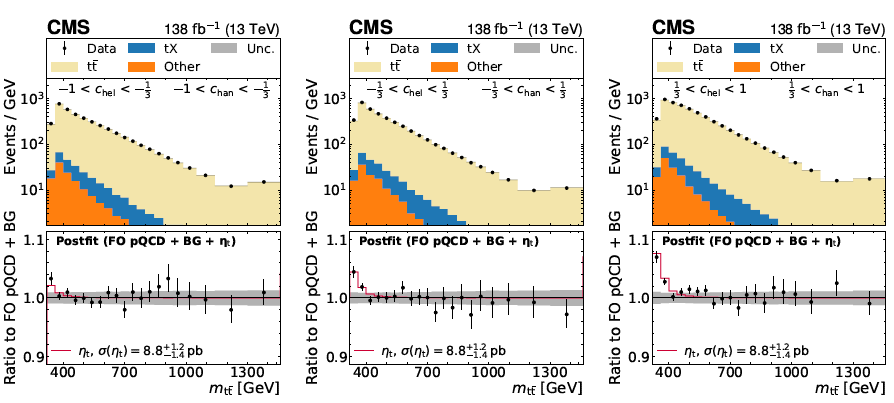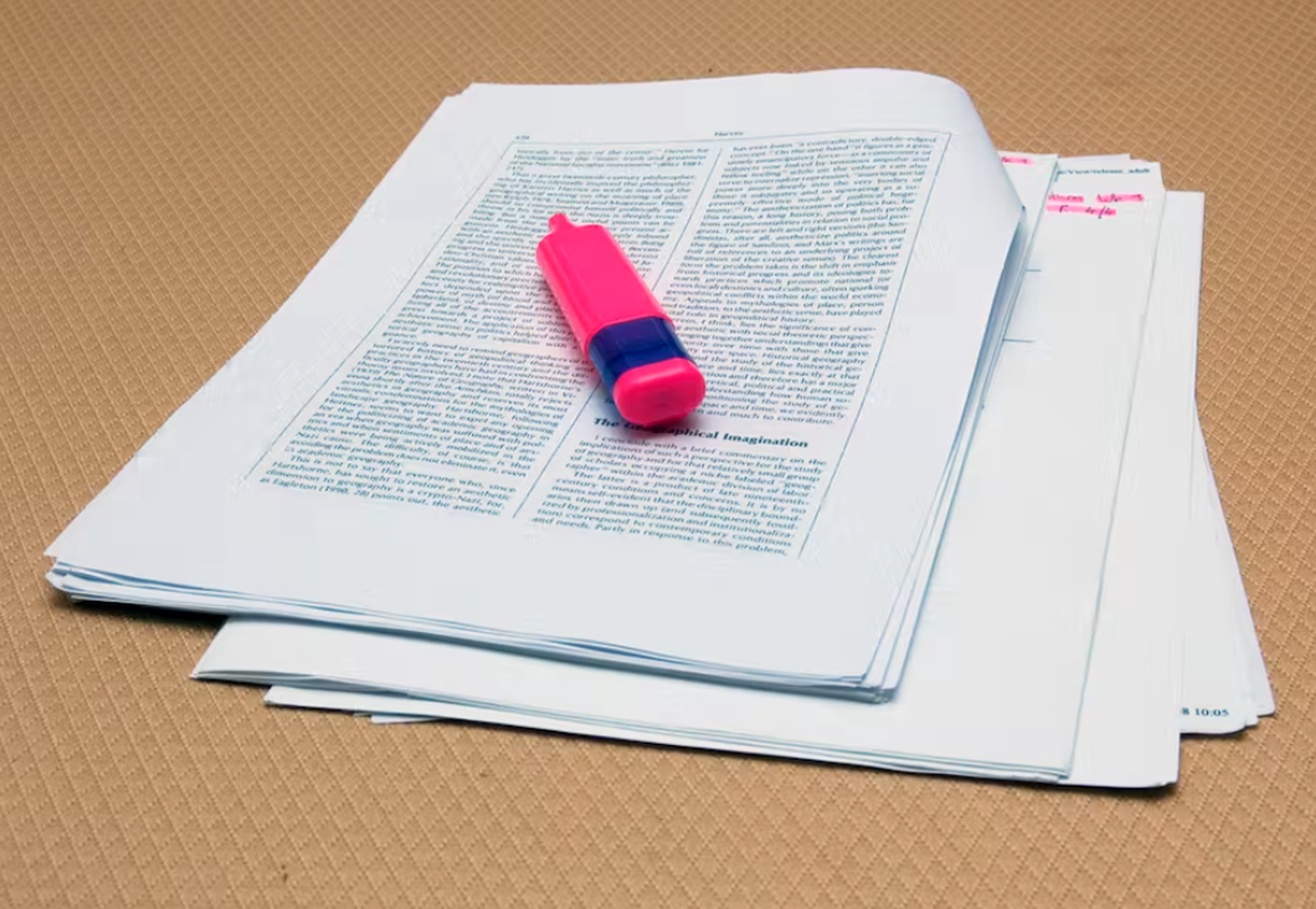Ettore Majorana was maybe the most brilliant student of Enrico Fermi, and an outstanding physicist. He disappeared on March 25th 1938 at the age of 32 years, under mysterious circumstances and leaving no trace behind. The hypothesis that he committed suicide appears weak in the face of his withdrawing a conspicuous amount of money from his bank on the eve of his disappearance -he had a rational mind and such an action would have made little sense. Other hypotheses include an escape to Argentina, and even a collaboration with the third reich in Germany, where he had previously worked -Majorana had expressed anti-jew ideas in the past.
I see people around very, very interested in what the CDF experiment has recently unearthed. I am talking, of course, of the
jet-jet resonance candidate that they observe in their W+jets sample. A recent update of the
previous result shows that the significance of the bump is just short of the coveted five-sigma: that is to say, for non-insiders, there is now a chance in two or three millions that the effect is due to a statistical fluke.
Democracy should never be given for granted. So if you are given a chance to cast a vote, you should not overlook the fact that voting is both your duty toward your country, and a right you need to exercise if you don't want to lose it.
In Italy on June 12th and 13th citizens are called to vote directly to abolish a couple of laws that the current government insisted on forcing upon us. I will not spend a word on the laws themselves, since that is not the point of this short post. Rather, I want to explain the importance of going to vote, and why I hope that Italian readers of this blog will do it.
Summer conferences are just around the corner, and the LHC experiments are putting together O(1 fb) samples as we speak (in another post I will report on the progress of data collection at CMS, which has already collected over 650 inverse picobarns of useful data). It seems that this is a good time to make the point of where we stand with Higgs boson searches.
I am speaking, of course, of the Standard Model (C) Higgs boson, the only one which exists (maybe). Fancier concoctions, predicting five, eleven, or exp(pi) new scalars will be reviewed another day when I am under drugs.
\begin(short introduction)
WTF. A pleasant, unexpected surprise
awaited me in the CMS Times, the online periodical which reports on the status of the CMS experiment at the Large Hadron Collider, the research activities, the people participating in the experiment.
The fact that I am swamped by the too many activities I am involved in these days can be gauged by things like the following: I get to know about important new physics results coming from an experiment I am part of by... private communications from amateurs! Knowledgeable and informed ones, of course -but that's not the point.
 On A Roll
On A Roll When The Attack Plays Itself
When The Attack Plays Itself Toponium Found By CMS!
Toponium Found By CMS! The Problem With Peer Review
The Problem With Peer Review







